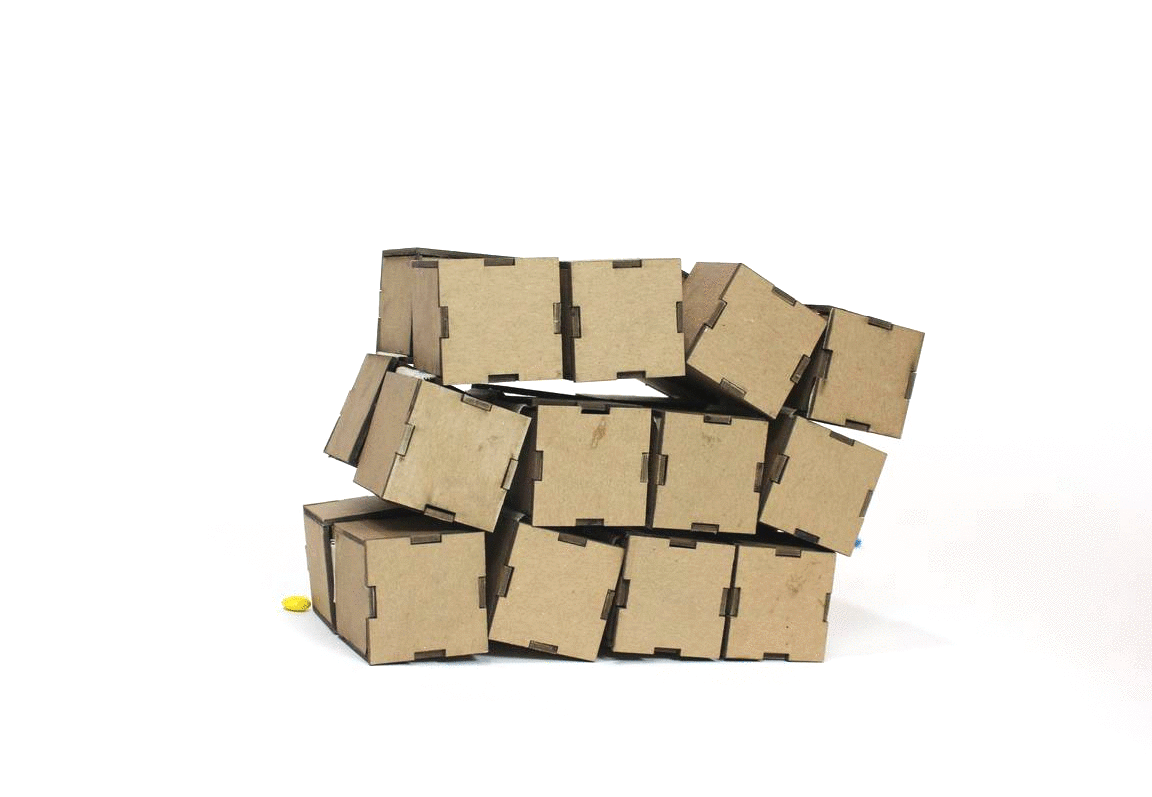top of page
Container
Project
2019, ID tech I
Story telling
Interaction
User Experience
Product design
Form design
Aesthetics
Products usually exhibit a static quality when it reaches its end users. Users only interact with the product when they want to use it. There is a lack of an element of play in the material world. As designers, we often commit ourselves to functional products and tend to forget the element of fun and play that we can bring to the users.
01

While we think of origami as art, it increasingly is being used
by companies and researchers in space, medicine, robotics, architecture, public safety and the military to solve vexing design problems. The 40 cube system origami is explored in various applications in product design.
02
The inspiration for the container and the items it contains inform each other. The art of origami intrigued me in the form development process. Since the form resembles an advent calendar, Dama contains candies.

Screen Shot 2019-11-14 at 8.11.41 AMScreen Shot 2019-11-14 at 8.10.57 AM



Screen Shot 2019-11-14 at 8.11.41 AMScreen Shot 2019-11-14 at 8.10.57 AM
What does it contain?
The wobbling wall fold methodology

03
The wobbling wall 40 cube system by Heinz Strobl is researched during the conceptual form exploration process. The flexible hinges in this paper folding technique make these cubes dynamic.


Several variations of the 40 cube system are made to break down the mechanism. Similar folds and hinges are worked out to use the concept in product design. Based on the feasibility of this origami technique, suitable dimensions and materials are chosen for the final candy box prototype.
04



Can the art of origami bring an element of play in product design?
05
Coming to life
The final prototype, inspired by the 40 cube system, is made up of 24 chipboard cubes that are 2 in x 2 in in dimension. These cubes are arranged in flexible configurations by using fabric joints. They contain candies and are stored using a lid.
This concept can be adapted to mass-produce small storage containers and manufactured using light materials like composite wood or clear acrylic.
g box


An element of surprise in the material world.
Flux can be a potential candy packaging container. These containers can be retailed with the candies inside. Thus, children engage with the package and access the candies in an interactive way. Lightweight materials like acrylic and composite board are ideal options for manufacture. By changing the transparency of the material, this container can be used to store small valuables and accessories as well.
04
Dama combines the kinetic quality of origami and the fun element of an advent candy calendar. This candy container is meant to engage the user and is designed for all age groups. A design studio scenario is considered and applied to create a fun candy box that can engage the students socially as they interact with the box and enjoy the element of surprise with hidden candies.
04


A new take on candy packaging


Scroll
Scroll
bottom of page













